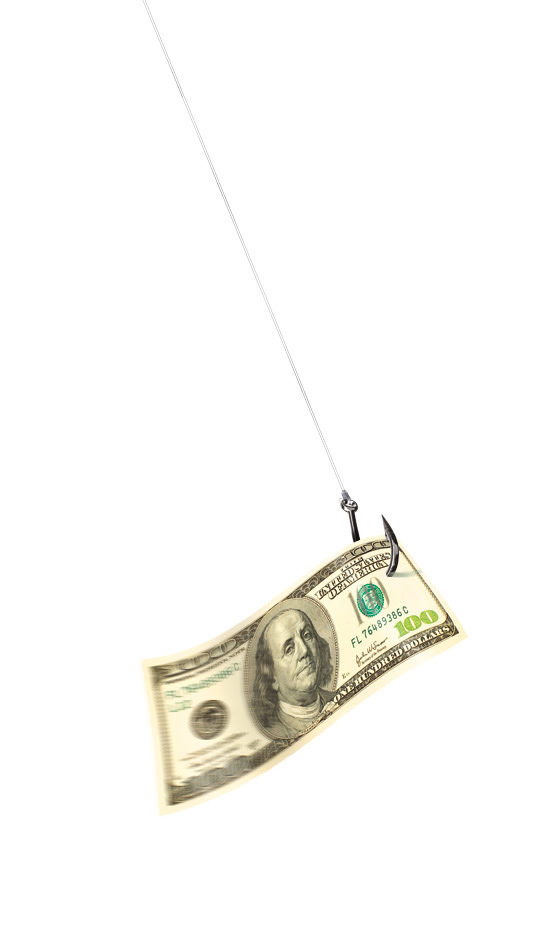Bounty Hunters

AVERAGING 11 INCHES long, the pikeminnow probably will never make it onto one of those ESPN fishing shows or be stuffed, trophy-style, and hung above the fireplace. Nor, thanks to its mushy flesh, is the silver-and-green fish fit for the dinner table. Still, Gresham resident Nikolay Zaremskiy reeled in more than 5,700 of them during pikeminnow season (May to October) in 2007, a feat that earned him nearly $50,000.
Zaremskiy is one of about 1,200 fishermen who sign up annually for the Northern Pikeminnow Sport Reward Fishery Program. Run by the Pacific States Marine Fisheries Commission and paid for by the Bonneville Power Administration, the “bounty program,” as it’s commonly called, is an attempt to thin the ranks of a fish that feasts on up to six juvenile salmon a day.
The program pays at least $4 per fish to anyone who registers and has a fishing license. There’s also a $500 prize if you catch a pikeminnow that’s been tagged by fisheries biologists, a sum that encourages more fishermen to go after the predaceous species. Last year, 192,518 pikeminnows were taken from the Columbia River and turned into chicken feed and fertilizer. Total payout: $1,285,971.
The lure of cash may motivate plenty of fishermen to try their hand at pike-minnow hunting, but hooking the fish is anything but easy money, as Jonathan Stoddard, a research assistant at Oregon Health & Science University, can attest. Stoddard and his father, Patrick, hit the M. James Gleason Memorial Boat Ramp near Portland International Airport on a recent Sunday, but they caught only two fish. “I don’t know why they’re hard to catch,” Stoddard says. “There’re only a select few people who can get ’em.”
In fact, says Eric Winther, a biologist for the Washington Department of Fish and Wildlife, 80 percent of the pikeminnows caught in a given year are hooked by only about 10 percent of the fishermen. One of the most skilled, clearly, is Zaremskiy, who duels each year with Vancouver cab driver David Vasilchuk for the top pikeminnow angler title—but no one’s really certain where or how they do it. Other fisherman say Zaremskiy makes sure his boat is free of all clues when he checks in a day’s catch at the Dalles Boat Basin or the Gleason boat ramp: His rods are hidden from sight, and there’s no hint of what bait was on board. (For the record, though, Winther recommends fresh chicken liver).
But one key to success is no secret at all: Do it every day, for 10, 12, even 22 hours. Which makes it more time-consuming than most full-time jobs. Then again, there are worse ways to earn a paycheck than spending your days drifting down the river.



